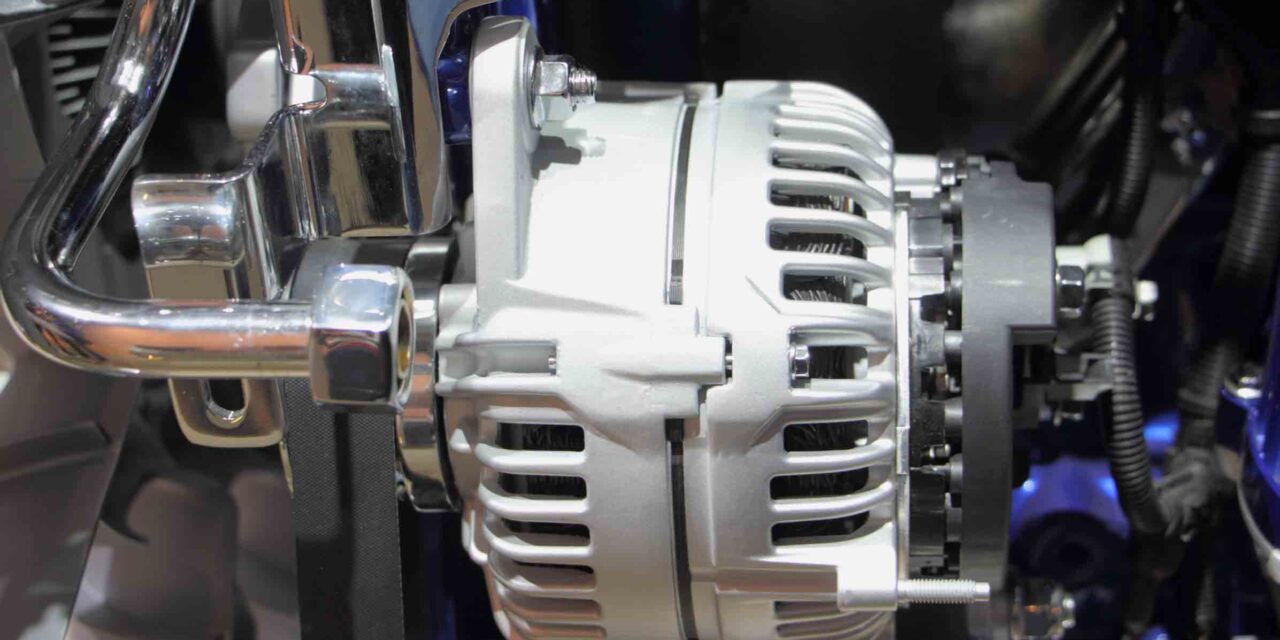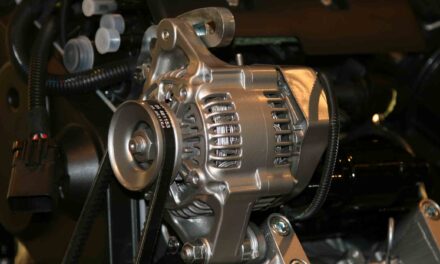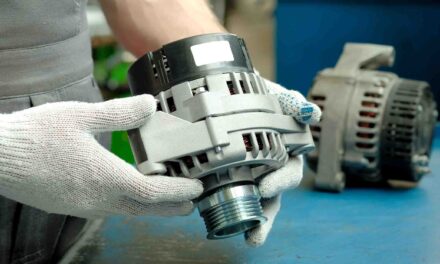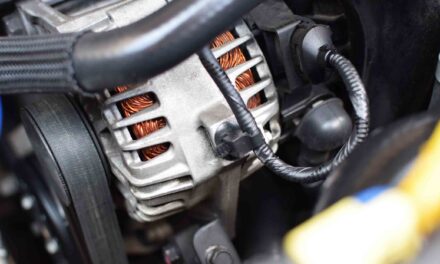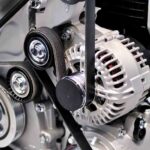From Dynamos to Modern Alternators, the electrical heartbeat of every modern vehicle, the alternator’s evolution, is a captivating tale of innovation. Let’s journey through time and explore how the alternator, an indispensable component of contemporary cars, evolved from its predecessor, the dynamo.
Table of Contents
- From Humble Beginnings: The Dynamo
- Transitioning to Alternators
- The Rise of the Modern Alternator
- The Future of Alternators
- Conclusion
From Humble Beginnings: The Dynamo
In the late 19th century, vehicles relied on dynamos (or generators) before the alternator’s advent. These early electrical devices converted mechanical energy into direct current (DC) electricity. While effective, dynamos had limitations, especially in efficiency and output stability at varying speeds.
Transitioning to Alternators
The turn of the 20th century saw rapid advancements in electrical engineering. By the 1960s, the automobile industry began transitioning from DC generators to alternators, which produced alternating current (AC). These alternators were then converted back into DC to suit automotive needs. This might seem counterintuitive, but alternators had distinct advantages:
- Higher Efficiency: Alternators could generate power at a broader range of engine speeds.
- Durability: With fewer moving parts and brushes, alternators promise longer service lives.
- Increased Power Output: Alternators delivered more electrical power, accommodating the growing electrical demands of modern vehicles.
The Rise of the Modern Alternator
Modern alternators have become marvels of engineering from the initial design that hinged primarily on functionality. Today’s alternators:
- They are more compact yet offer higher output.
- Feature integrated electronic voltage regulators.
- Have evolved to be more environmentally friendly, with designs that reduce fuel consumption and CO2 emissions.
The 21st century has also seen the birth of ‘smart’ alternators. These intelligent systems can adapt their output based on the vehicle’s electrical demand, leading to even greater efficiency.
The Future of Alternators
With the surge in electric and hybrid vehicles, the role of the alternator is shifting. New designs focus on energy recuperation, where alternators recover energy usually lost during braking. This energy is then stored in batteries, further optimizing vehicle efficiency.
Conclusion
The journey of the alternator, from rudimentary dynamos to sophisticated, intelligent systems, mirrors the evolution of automotive technology. As vehicles evolve, so will the humble alternator, cementing its role in the annals of automotive history.

